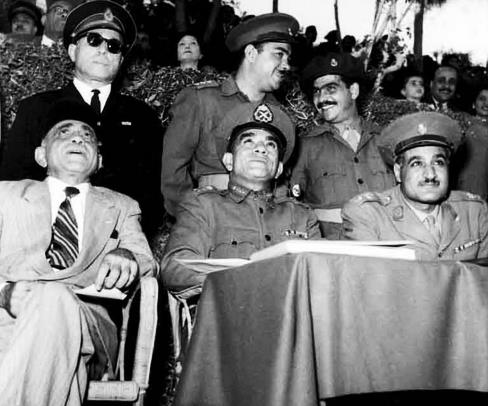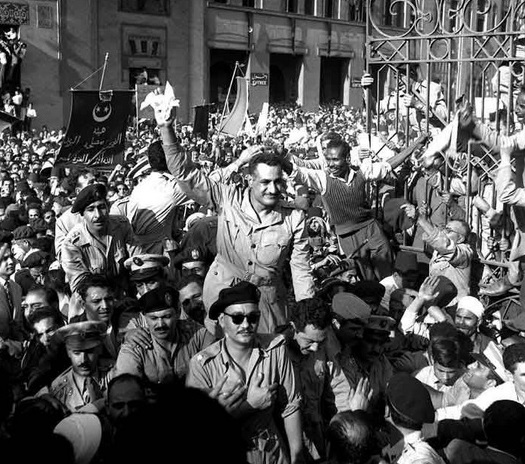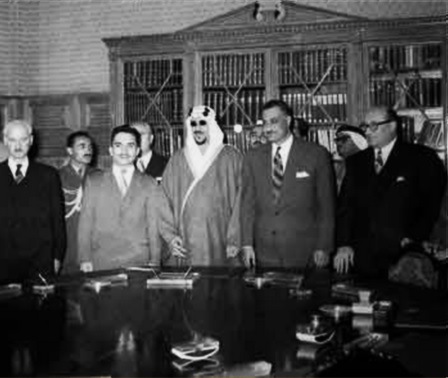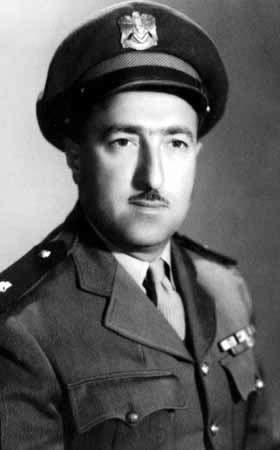This Week in History recalls memorable and decisive events and personalities of the past.
26th September 1907 – New Zealand and Newfoundland are promoted from colonies to dominions within the British Empire

The 1907 Imperial Conference held between 15 April 1907 and 14 May 1907 would formally endorse what would in essence eventually be the peaceful dissolution of the British Empire in its most important colonies, except India.

The Imperial Conference was a meeting of representatives from the United Kingdom, Australia, Canada, New Zealand, Newfoundland, the Cape Colony, Natal and the newly conquered colony of the Transvaal.
The meeting was attended by many men who would come to define the British Empire in the 20th century, including David Lloyd George, Winston Churchill, H. H. Asquith, Sir Edward Grey, as well as Louis Botha, representing the Transvaal.
This conference changed the name of the self-governing British colonies from colonies to dominions and would see Canada and Australia granted this new dominion status.
Four months later, Newfoundland and New Zealand would be granted dominion status, on 26 September 1907.
The conference also made a profound decision for the future of South Africa; it was here that the Empire decided to unite the colonies of the Transvaal, Orange Free State, Cape and Natal to form the new dominion of South Africa.
This would be made reality in 1910.
The conference also discussed the issue of Irish Home Rule and the possibility of granting India self-governing status, which would raise it to dominion status. There was no resolution on these particular issues.
28th September 1961 – A military coup in Damascus effectively ends the United Arab Republic, the union between Egypt and Syria

In the late 19th century and early 20th century, pan-nationalist identities – that is, a political, and cultural programme to unite a group in one nation – gained huge popularity, especially among intellectual elites in much of Europe – at first – later spreading further afield to the Arab world and India.
In Germany and Russia, these ideas would contribute to the outbreak of both the First and Second World Wars, as Pan-German and Pan-Slavic nationalists agitatef for aggressive foreign policies and the annexation of territory from neighbouring states. In the Arab world they would similarly have profound consequences, as military officers in many Arab countries attempted to enact the vision of a Unified Arab nation. (One of the legacies of Pan-Arab ideas can be seen in the flags of Egypt, Sudan Jordan, Palestine, Iraq, Syria and Yemen, in which the colour schemes and design are very similar.)
In the 1950s the man who assumed de facto leadership of the Pan-Arab movement was Gamal Abdel Nasser who had come to power in a military coup in 1952, when he overthrew the Egyptian monarchy.

Nasser had become extremely popular in Pan-Arab circles after his victory in the Suez Crisis in 1956 when in the aftermath of his nationalisation the Suez Canal he had diplomatically out-manoeuvred the British, Israelis and French and secured control of the canal for Egypt, despite being militarily defeated.

With a victory under the belt of the ‘Arab world’, and with Nasser’s popularity soaring, the enthusiasm for the idea of a Pan-Arab state had never been higher among the elites of the region. In Syria the second largest political party were the National Socialist Ba’ath Pan-Arab party. With growing fears of a communist coup backed by the Soviets (this fear was not unfounded as the head of the Syrian Army was a communist ally), a crisis developed in 1957 after Syria expelled a group of American diplomats for allegedly plotting to overthrow the government. This move was seen by neighbouring Arab countries and the West as the prelude to alignment with the Soviets, and Turkey began deploying troops on the border for a possible invasion.

This resulted in the Soviets threatening to nuke Turkey if it invaded Syria. The Americans came to Turkey’s defence and eventually the crisis settled.
These events spooked the non-communists in Syria and delegations travelled to Egypt to discuss the possibility of a union of the countries which would allow Egypt to weaken the communists in Syria. Nasser suddenly decided to rush the merger and demanded that all Syrian political parties dissolve, the army stay out of politics and the country join Egypt in a new United Arab Republic.
The Union terrified Saudi Arabia and Jordan, who feared that they would be the next to be absorbed into the Arab Republic and so they quickly began backing opponents of the union in Syria.
Thus, on 22 February 1958 the United Arab Republic was formed, with Nasser as its leader uniting Egypt and Syria into one state, a development that many Pan-Arab nationalists believed was the first step in establishing a unified Arab state across the whole Middle East, believing they would soon be joined by other Arab nations.

While the Pan-Arab Syrian Ba’athists believed Nasser would use them to govern and control Syria, Nasser disempowered the Syrians, assigning them only 200 seats in a 600-seat legislature.
It soon became apparent that the Union would be almost entirely dominated by Egypt, with Syria simply being reduced to a vassal state in a new Egyptian empire.
The Union also soon began to hurt the Syrian economy, as Nasser implemented aggressive socialist policies focused on a programme of mass nationalisation of industry in both countries.
The growing unpopularity of the Egyptians in Syria, the snubbing of Nasser’s local allies in the Ba’ath party and Nasser’s disconnectedness from Syrian political reality led to a group within the Syrian military to begin plotting a coup, with a view to breaking out of the Union.
The coup on 28 September 1961, only three years after the formation of the United Arab Republic, led to Syria’s being declared independent.
The coup leaders tried to negotiate a re-entrance into the Union on more equal terms, but this was rejected by Nasser.
If you like what you have just read, support the Daily Friend

